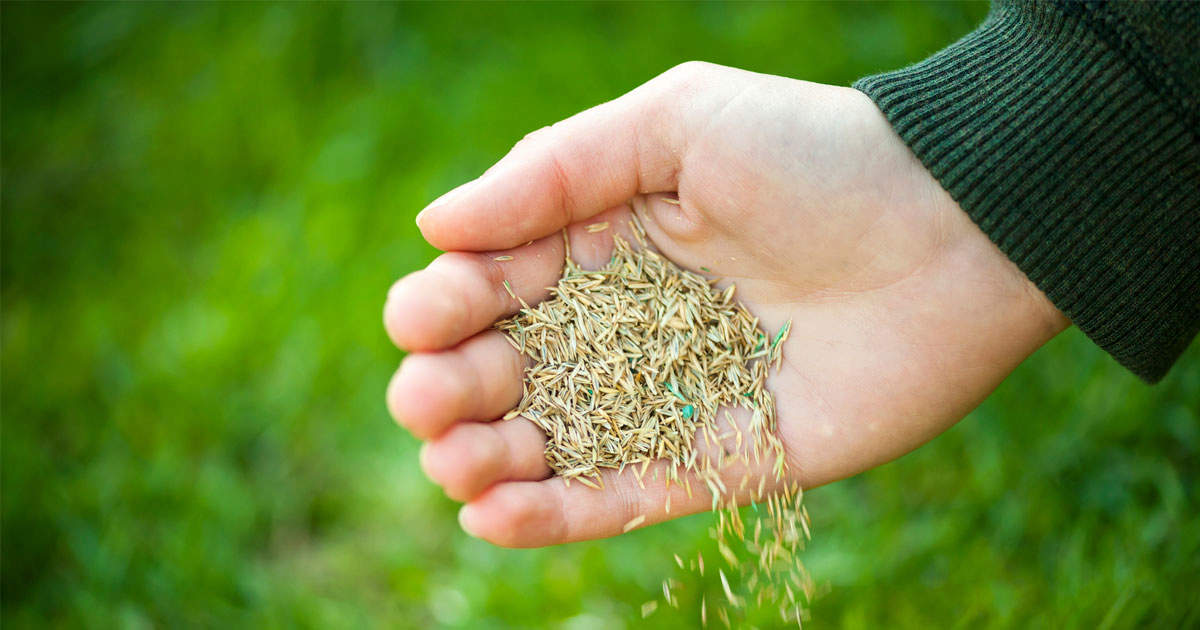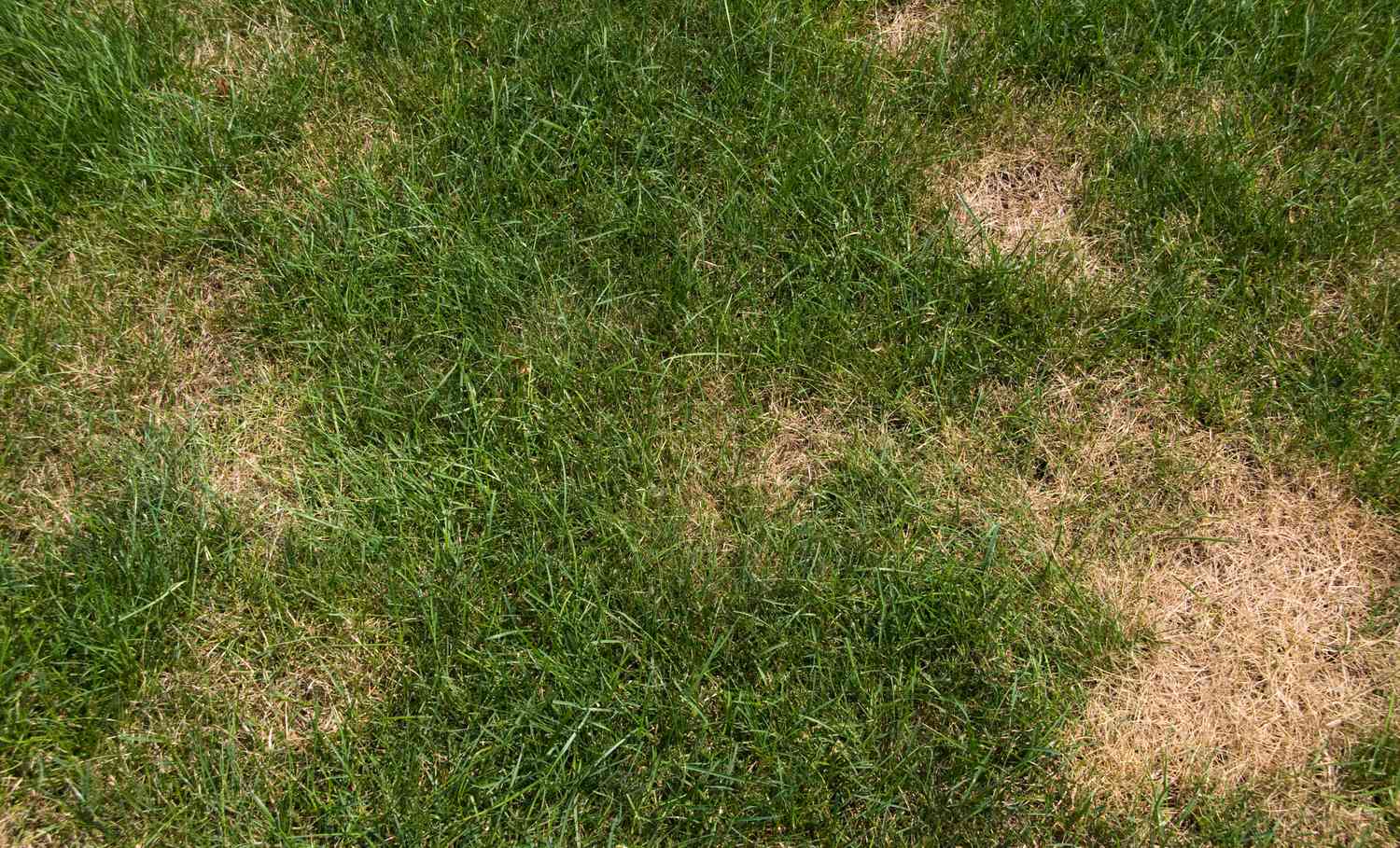Spring Lawn Care Checklist for Bristol, CT Homeowners
Winter in Connecticut can be rough on your lawn. Snow piles up, the soil compacts, and by the time spring rolls around, your grass looks more tired than thriving. But with the right spring lawn care steps, you can bring it back to life—and set the stage for a lush, green season ahead.
If you’re a homeowner in Bristol, here’s a no-fluff, real-world checklist to get your lawn back on track this spring.
1. Clean Up the Lawn
First things first—remove any leftover debris. That includes sticks, leaves, and whatever else winter left behind. A clean lawn lets air, water, and sunlight reach the soil and gives you a clear view of any trouble spots.
You can do this by hand, with a rake, or consider a professional spring cleanup service if things got out of hand over the winter.
2. Test the Soil
If your lawn has been struggling for a while, now’s a good time to test the soil. This tells you if it’s too acidic, lacking nutrients, or in need of lime. Healthy soil = healthy grass.
3. Rake or Dethatch
Even if you cleaned up debris, there may still be a layer of thatch—old grass and dead roots—that’s blocking moisture and nutrients. If the layer is more than half an inch thick, use a dethatching rake or tool to loosen it up.
4. Aerate if Needed
If your soil feels compacted (especially in high-traffic areas), aeration helps loosen it up so water and nutrients can actually get down to the roots. This is a great time to pair with overseeding and fertilization.
5. Apply a Pre-Emergent Weed Control
Crabgrass is just waiting to take over if you let it. Stop it before it starts by applying a pre-emergent weed control early in the season—usually late March through early April, depending on the weather.
For more details, see our guide on how to get rid of weeds.
6. Fertilize the Right Way
Spring fertilization helps wake your lawn up, but go easy. Too much nitrogen early on can lead to fast, weak growth. A slow-release fertilizer is usually your best bet.
You can get more timing tips in our article on the best time to fertilize your lawn.
7. Mow (but not too short)
Once the grass starts growing, it’s time to mow. But don’t scalp it—your first few cuts should be on the taller side, around 3 to 3.5 inches. Cutting too short too early can stress the lawn and invite weeds.
We’ve got a full breakdown on the best mowing height for Connecticut lawns if you’re not sure where to set your mower.
8. Check Your Watering Routine
Spring usually brings some rainfall, but if it’s a dry start, you may need to supplement. Aim for about 1 inch of water per week. Morning is the best time to water—here’s why: best time to water your lawn.
9. Edge and Mulch Beds
Spring is also the perfect time to touch up your landscape beds. Add fresh mulch, define the edges, and clean things up so your lawn transitions smoothly into the garden.
Need help? We also offer mulch installation in Bristol.
Final Thoughts
Spring lawn care doesn’t have to be overwhelming—especially when you know exactly what to tackle and when. Take these steps in order, and you’ll give your lawn the strong start it needs to thrive through the year.
If you want help with fertilizing, weed control, mowing, or a full seasonal tune-up, Kiss My Grass Property Maintenance LLC has you covered. We live and work in Bristol, and we know exactly what Connecticut lawns need this time of year.








